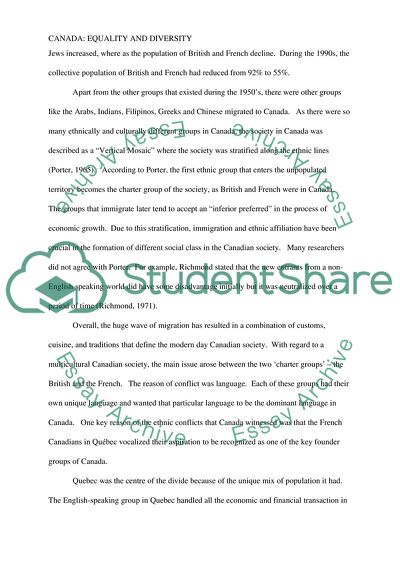Cite this document
(Canada: Equality and Diversity Research Paper Example | Topics and Well Written Essays - 2500 words, n.d.)
Canada: Equality and Diversity Research Paper Example | Topics and Well Written Essays - 2500 words. Retrieved from https://studentshare.org/social-science/1744066-canada
Canada: Equality and Diversity Research Paper Example | Topics and Well Written Essays - 2500 words. Retrieved from https://studentshare.org/social-science/1744066-canada
(Canada: Equality and Diversity Research Paper Example | Topics and Well Written Essays - 2500 Words)
Canada: Equality and Diversity Research Paper Example | Topics and Well Written Essays - 2500 Words. https://studentshare.org/social-science/1744066-canada.
Canada: Equality and Diversity Research Paper Example | Topics and Well Written Essays - 2500 Words. https://studentshare.org/social-science/1744066-canada.
“Canada: Equality and Diversity Research Paper Example | Topics and Well Written Essays - 2500 Words”, n.d. https://studentshare.org/social-science/1744066-canada.


